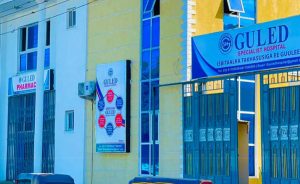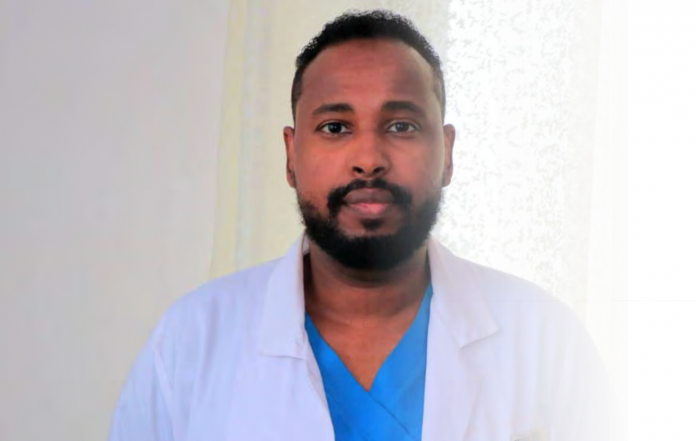Diagnosis is a process described as a “pre-existing set of categories agreed upon by the medical profession to designate a specific condition”1. Reaching a diagnosis is the essence of a clinician’s work and is considered as a central process in medical practice. In the absence of a diagnosis, the underlying disease remains untreated and the result is at best symptomatic treatment. Diagnostic information has also a significant influence on health
research and policy decisions. The diagnostic process is a commonly defined endpoint for a
definitive diagnosis usually via a differential and working diagnosis.
Diagnostic testing has gained more weight in this process during the last century. But clinical history taking and physical examination have been there since the beginning of medical practice and still form the foundations of the process. Due to the vast amount of knowledge generated over time compounded with technological advancement, the diagnostic process has become more complex and multilayered. To manage this rising complexity, clinical practice guidelines gained a prominent role in informing decision making in the diagnostic process
2. The importance of diagnosis Reaching correct, accurate, and timely diagnosis has important implications for patient care. In acute settings, it can literally be a matter of life and death. It is the basis for ensuring the best possible positive health outcome for the patient. it’s become more important than ever to reach a correct and timely diagnosis because the modern patient has so much more to lose in the case of inaccurate or delayed diagnosis. This can have a devastating effect not only medically but also psychologically
and economically on patients and their families.
An inaccurate diagnosis can result in the patient being denied or delayed timely and effective treatment. There is also the very serious possibility of being prescribed inappropriate or unnecessary treatment with potentially harmful and toxic side effects.

Reaching diagnosis: Somalian context
Having described the process and the importance of diagnosis, reaching one in Somalian
context can be challenging. There are various reasons for that such as lack of patient medical history, traditional beliefs, unavailable or unreliable diagnostic testing, financial constraints, inadequately experienced clinicians, and fragile health system to name a few. Therefore, over time it’s become easier to treat symptoms rather than the underlying disease. Consequently, this has left a mentality based on symptom relief-seeking behavior: patients look for immediate symptom relief rather than proper management of the disease.
From the perspective of cardiovascular diseases, this of course is unsustainable. Fortunately, there is light at the end of the tunnel. There are motivated and competent young clinicians coming through locally and experienced ones returning from abroad. There is a huge investment, mostly private, being made in the health care sector. This is contributing to the
availability and quality of health care services. The patients are becoming more informed and demanding better patient care.
Conclusion
Diagnosis is the cornerstone of medical practice. The cost of misdiagnosis can be costly in
modern times. Despite the challenges in Somalia, there is much to be hopeful of. But to strengthen our capabilities in reaching a correct and timely diagnosis, clinicians need to be provided continuous training in diagnostic process including patient centredness, clinical decision making and communication skills. Consultations among clinicians need to be encouraged more as it will add certainty in reaching correct diagnosis. And finally, more
appropriate use of currently available diagnostic facilities and technology is needed.
References:
1. Jutel A. Sociology of diagnosis: A preliminary review. Sociology of Health and Illness. 2009;31(2):278–299
2. Balogh EP, Miller BT, Ball JR, editors. Improving Diagnosis in Health Care. Washington (DC): National Academies Press (US); 2015 Dec 29.
2, The Diagnostic Process. Available from: https://www.ncbi.nlm.nih.gov/books/NBK338593/
Dr. Mohamed Guled Cardiologist (Finland) Guled Specialist Hospital, Mogadishu, Somalia
Tays Heart Hospital, Tampere, Finland

